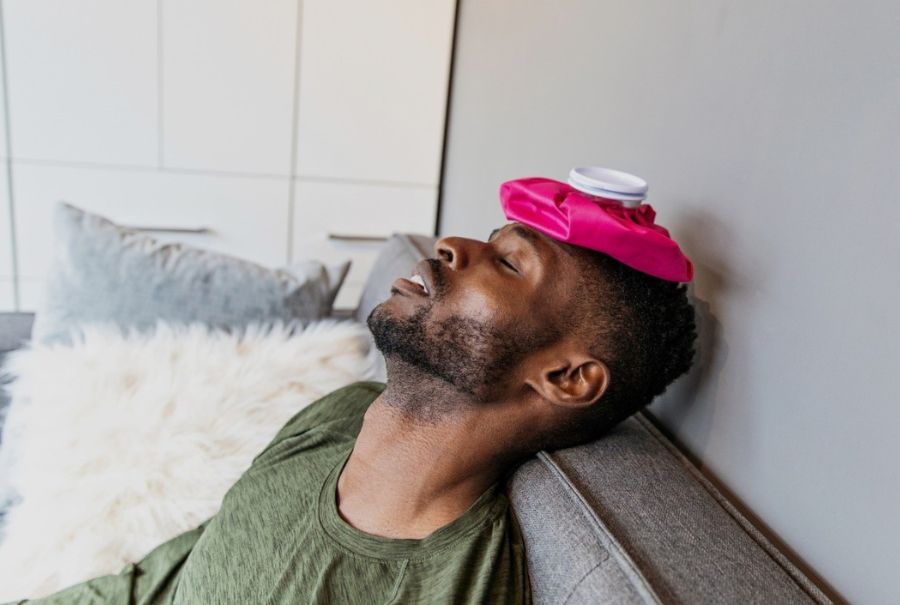With the uncertainty of the COVID-19 pandemic, we’ve all experienced the highs and lows of anxiety in one way or another. With restrictions being lifted, it can be hard not to worry about what will happen in the future. What if I get sick? How safe will I be in crowds? Will anyone notice that my body changed? How will my kids cope after not seeing their friends for so long?
We spoke with Jamie Lemen, a registered social worker at UHN’s Poul Hansen Family Centre for Depression, about some helpful tips to manage anxiety as things begin to open up yet again.
Take it slow
Just because things are opening does not mean you need to return to your “normal life” right away. We’ve all experienced significant change over the last year including wearing masks, avoiding indoor spaces and remaining physically distanced from our loved ones. For many people, removing these protective layers will feel uncomfortable and even scary. Taking it one step at a time can help avoid feelings of overwhelming anxiety.
Notice, name and normalize
Pay attention to how you’re feeling and normalize those feelings. With the uncertainty of the past year, we’ve all experienced anxiety at some point as we’ve worried about the safety of ourselves, our family and our friends. Just because restrictions are being lifted doesn’t mean those fears are going to disappear. Reminding yourself that what you’re feeling is normal will help reassure your anxiety.
Don’t push it away
Trying not to think about your anxiety can only make it grow. It’s like the pink elephant experiment: if you’re told not to think of a pink elephant, what do you immediately picture? With all of the media coverage surrounding COVID-19, it can be difficult to escape your anxieties. Trying not to think about them will likely only make them worse. Instead, try to address them in the moment.
Ask yourself, “What is the worst that can happen?”
Anxiety makes you feel like the worst possible scenario is inevitable. Though stressful, it can be helpful to follow this train of thought to see where it leads. Once you’ve identified what the worst-case scenario is, check the facts. Does the evidence contradict or support your fears? Can you come up with a more balanced or realistic thought? Remember that new information about COVID-19 is constantly emerging and the situation could change at any time. Reassessing your worst fears more than once is reasonable in this context.
Talk to others
Anxiety can be an isolating experience, especially when we’re all social distancing. Connecting with others can help remove the loneliness of anxiety. Reach out to friends, family or coworkers. Go for a walk and chat with friends you feel comfortable with or join an online community. Chances are that many people in your life are feeling similar.
Be in the present moment
Anxiety really only exists in the past and the future. We worry about the decisions we’ve made, our past behaviour and what could happen down the road. When anxious thoughts arise, focus on your current body sensations. What are you seeing, hearing, smelling, tasting and feeling? By grounding yourself in the present moment, your anxiety loses some of its power.
Distract yourself
Feelings of anxiety can be overwhelming and difficult to navigate in the moment. You don’t always have to sit with these uncomfortable feelings. It’s okay to distract yourself once in a while. Do something you enjoy – watch your favourite TV show, meditate, get outside or call a friend.


